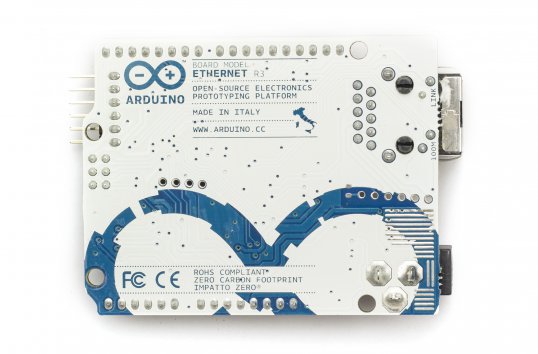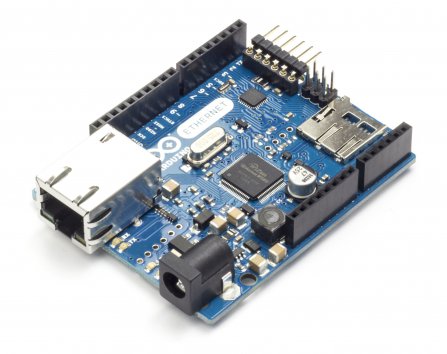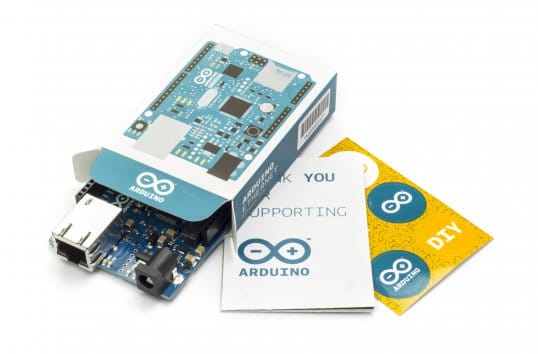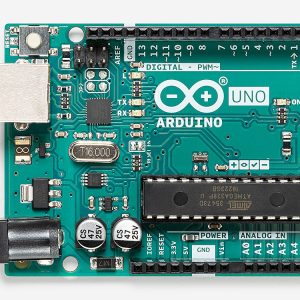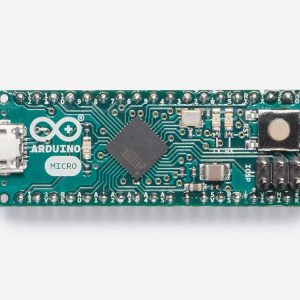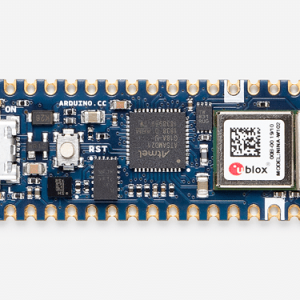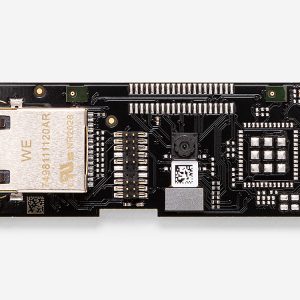The Arduino Ethernet is a microcontroller board based on the ATmega328. It has 14 digital input/output pins, 6 analog inputs, a 16 MHz crystal oscillator, a RJ45 connection, a power jack, an ICSP header, and a reset button.
Features:
| Microcontroller | ATmega328P |
| Operating Voltage | 5V |
| Input Voltage Plug (recommended) | 7-12V |
| Input Voltage Plug (limits) | 6-20V |
| Input Voltage PoE (limits) | 36-57V |
| Digital I/O Pins | 14 (of which 4 provide PWM output) |
| Arduino Pins reserved: | 10 to 13 used for SPI |
| 4 used for SD card | |
| 2 W5100 interrupt (when bridged) | |
| Analog Input Pins | 6 |
| DC Current per I/O Pin | 40 mA |
| DC Current for 3.3V Pin | 50 mA |
| Flash Memory | 32 KB (ATmega328P) of which 0.5 KB used by bootloader |
| SRAM | 2 KB (ATmega328P) |
| EEPROM | 1 KB (ATmega328P) |
| Clock Speed | 16 MHz |
| W5100 | TCP/IP Embedded Ethernet Controller |
| Power Over Ethernet | ready Magnetic Jack |
| Micro SD card | with active voltage translators |
| Length | 68.6 mm |
| Width | 53.3 mm |
| Weight | 28 gr |


